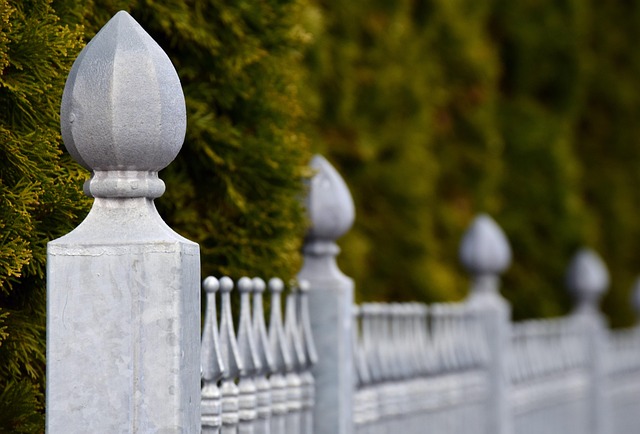New Bedford residents often rely on fences for security, privacy, and aesthetic appeal. Whether you need a new installation or expert repair, understanding the unique requirements of New Bedford’s climate and local regulations is key to making informed decisions. This article provides an in-depth guide, from navigating the installation process step by step to choosing durable materials and common repair tips, ensuring your fence stands the test of time in New Bedford.
- Understanding New Bedford Fence Requirements
- The Installation Process: Step by Step
- Common Repairs and Maintenance Tips
- Choosing the Right Materials for Durability
Understanding New Bedford Fence Requirements
When it comes to fence repair and installation in New Bedford, understanding local requirements is essential. Each municipality has specific regulations and building codes that dictate what types of fences are allowed, their materials, heights, and locations. These rules exist to ensure safety, privacy, and aesthetic harmony within the community. Therefore, before beginning any project, homeowners should familiarize themselves with these guidelines.
Local authorities typically provide detailed information on their websites, including permitted fence styles, distance restrictions from property lines, and requirements for safety features like gates and locks. Compliance with these regulations is not just a legal necessity but also ensures your fence enhances the overall value and appeal of your home while respecting neighboring properties and community standards.
The Installation Process: Step by Step
The installation process for a new fence begins with measuring and marking the perimeter to ensure a precise fit. Next, dig post holes at the marked locations using a post-hole digger, ensuring they are deep enough to support the posts securely. The holes are then lined with concrete to provide stability and durability. Once the concrete sets, the fence posts are carefully positioned in the holes and aligned for level.
After the posts are set, attach the horizontal rails using brackets or nails, depending on the chosen fence style. These rails serve as a foundation for the pickets or panels that will enclose the area. The final step involves attaching the pickets or panels to the rails, creating the desired privacy and security barriers. Regular maintenance, such as inspecting for loose components and re-tightening hardware, ensures the longevity of the new fence installation.
Common Repairs and Maintenance Tips
Fences are an essential part of any property, providing security, privacy, and aesthetic appeal. Common repairs involve fixing broken or missing pickets, repairing damaged posts, and replacing rotted or decayed sections. Regular maintenance is key to preventing significant issues; this includes cleaning the fence regularly to remove debris and applying appropriate treatments to protect it from the elements.
Inspecting for loose connections, rust, or signs of wear should be part of your routine. Promptly addressing minor problems can save you from costly replacements later. Keep an eye out for common issues like swaying fences, which might need tightening or realigning, and ensure all hardware is secure to maintain the fence’s structural integrity.
Choosing the Right Materials for Durability
When it comes to fence repair and installation, selecting the appropriate materials is a key decision that will impact the longevity and durability of your new or repaired fence. Steel and wood are two popular choices for fences, each offering unique advantages. For areas prone to harsh weather conditions like storms and high winds, steel fences provide superior strength and resistance, making them a long-lasting option. On the other hand, wood fences require regular maintenance but offer a natural aesthetic appeal that can enhance your property’s curb appeal.
Consider factors like climate, budget, and personal style when choosing materials. High-quality materials, whether it’s treated wood or galvanized steel, will ensure your fence stands the test of time, providing both functional protection and aesthetic value to your New Bedford property.
